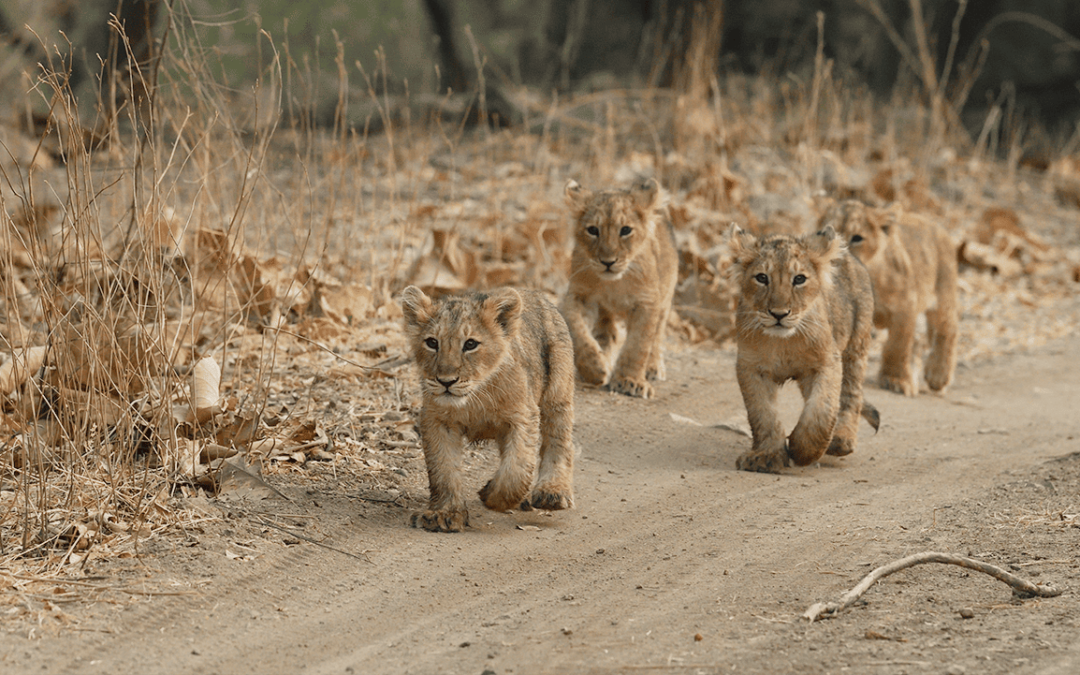Location Information:
This natural reserve, located halfway between Veraval and Junagadh, spans 1412 square kilometers and serves as the final sanctuary for the Asiatic lion (Panthera leopards). Exploring the dense, untouched forests within this reserve is an exhilarating experience, even without the thrill of encountering lions, various wildlife, and a wide array of bird species. Entry into the reserve requires a safari permit, which can be booked in advance online. If you’re unable to secure a permit, an alternative option for observing lions is at the Devalia Safari Park, a section of the reserve enclosed by fences. Here, while you can be assured of seeing lions, the experience is more controlled. The reserve is also home to 37 other mammal species, many of which have seen an increase in their numbers. These include small spotted deer, large deer, blue bulls, large antelopes, four-horned antelopes, gazelles, crocodiles, and the elusive leopards. For bird enthusiasts, the park offers over 300 species, with many of them being residents. The wildlife here has been fortunate, but over half of the reserve’s human population, the distinctive maldhari (herders), have been relocated, primarily due to their cattle and buffalo competing for food with the antelopes, deer, and gazelles, and also being preyed upon by the lions and leopards. Approximately 1,000 people still reside in the park, however, their livestock makes up about a quarter of the lions’ diet. Located twelve kilometers west of Sasan Gir village at Devalia, the Gir Interpretation Zone, also known as Devalia, is a 4.12-square-kilometer fenced area within the reserve. This area showcases a variety of Gir wildlife, and the likelihood of seeing lions and leopards is high, with 45-minute bus tours departing every hour along the trails. Visitors may also encounter foxes, mongoose, and blackbuck, which are part of the lions’ diet.
Historical Background: The reserve was established in 1965, and a 259-square-kilometer central area was declared a national park in 1975. Since the late 1960s, the number of lions has grown from less than 200 to 674 (Census 2020).
Optimal Visit Period: The winter season, from November to March, is considered the best time to visit.
Important Note: Gir Jungle Safari is closed from June 16th to October 15th annually.

